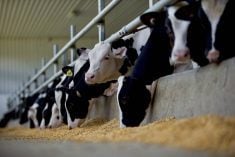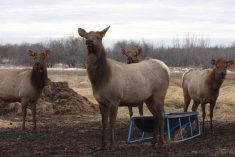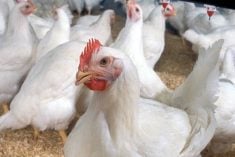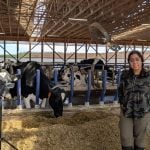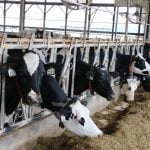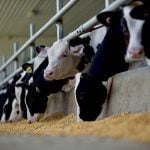(Resource News International) — The high cost of weight gain in Canada, together with poor returns for finished cattle, have led to a steady stream of Canadian cattle moving to the U.S. for feeding, according to sources who expect the trend would continue unless something drastically changes in the market.
As of March 1, the Canadian feeder cattle population was 87 per cent the size of the previous year, at 890,000 head, according to Rob Leslie, manager of CanFax, the statistics branch of the Canadian Cattlemen’s Association.
Canadian feedlots have the capacity to feed 1.2 million cattle.
Read Also
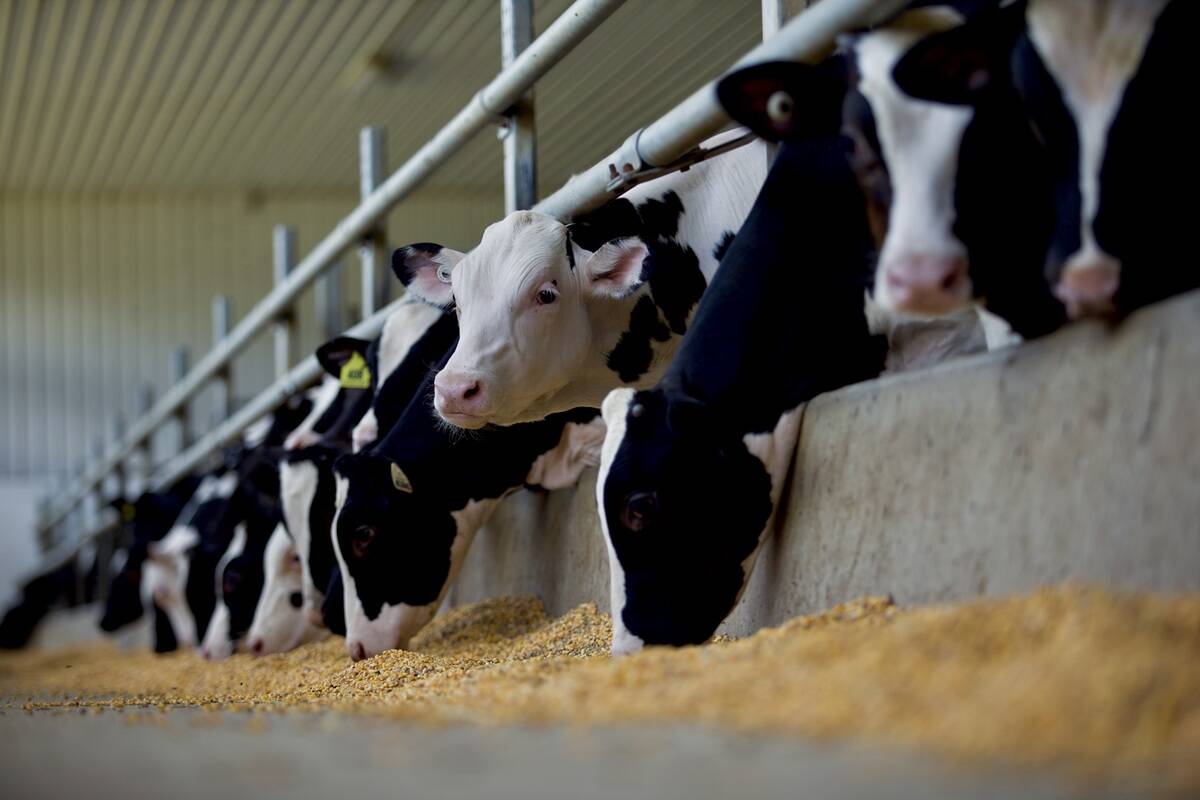
Confusion cleared on Canadian calf import changes
A Canadian Food Inspection Agency (CFIA) announcement on import regulations for feeder calves caused some confusion on the administrative side of Canada’s cattle industry earlier this month
Domestic numbers were down, he said, because more animals were going to the U.S. due to that country’s cheaper cost of production. Leslie expected the trend seeing more Canadian cattle move to the U.S. for feeding would continue unless something “drastic” changes to the cost of gain between the two countries.
“These cattle float to the place where they’re cheapest to feed,” said Bryan Walton, CEO of the Alberta Cattle Feeders Association. He said other factors, including the strong Canadian dollar and poor incentives to grow feed grains, were also limiting the potential of the domestic feedlot sector.
Walton said his organization was working on initiatives to help create both increased demand for Canadian fed cattle and increased supplies.
“I think we’ll see a lot of cattle get fed in the States just because the cost of gain is less down there with corn compared to our barley prices here,” said Blair Vold, manager of Vold, Jones and Vold Auctions in Alberta. He expected high canola prices in Western Canada would lead to reduced barley acres in 2008, keeping feed prices higher in Canada.
In addition to the lower cost of gain in the U.S., there are also more companies competing for the finished cattle in the U.S., said Vold. The smaller competition in Canada means that finished cattle prices are relatively poor.
Vold said current fat cattle prices of 83 to 85 cents per pound were too low. “We need a fat market in the 90s to a dollar to keep the cattle market alive,” he said.
Vold said the high grain prices were also starting to be seen in a reduction in the Canada’s cow herd, with some producers looking to move pasture land into higher yielding field crops if they can.
Leslie didn’t think the Canadian breeding herd would see a substantial liquidation for the time being. While the size of the herd has declined by one per cent over the past year, he said most of that decline was tied to the culling of older cows which were held back during the BSE crisis.
“We’re now seeing a larger slaughter of cows, basically reducing the age of the Canadian herd,” he said.



